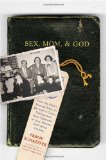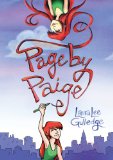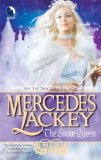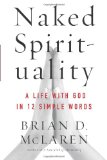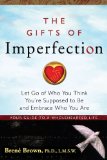Review of Mathematics 1001, by Dr. Richard Elwes
Absolutely Everything That Matters in Mathematics in 1001 Bite-Sized Explanations
by Dr. Richard Elwes
Firefly Books, 2010. 415 pages.
Starred Review
2011 Sonderbooks Stand-out: # 5 Other Nonfiction
Boy, I wish I’d had this book 25 years ago, before I started grad school in Mathematics! Come to think of it, I would have loved to have it as an undergrad, to get a much wider grasp of the subject. As it is, when I began reading this book, a couple pages or a section a day, I decided this was a book I had to own, and I ordered myself a copy.
Now, I grant you that I have no idea if this book will be interesting to any of my readers. I found it absolutely fascinating. In grad school, I got an inkling of the things mathematicians study, but this book presents an overview of the subject in all its splendor.
Dr. Elwes is brilliant at giving the reader the broad perspective, with enough details to fascinate, rather than confuse. Many of the topics cover the foundations of an area of mathematics, and others cover unsolved problems, and everything in between.
When I put this book on hold and my copy came to the library, I was delighted with the topic I happened to open to when I was glancing through it:
Librarian’s nightmare theorem
“If customers borrow books one at a time, and return them one place to the left or right of the original place, what arrangements of books may emerge? The answer is that, after some time, every conceivable ordering is possible. The simplest permutations are the transpositions, which leave everything alone except for swapping two neighbouring points. The question is; which more complex permutations can be built from successive transpositions? The answer is that every permutation can be so constructed.
“In cycle notation, (1 3 2) is not a transposition, as it moves three items around: 1 to 3, 3 to 2, and 2 to 1. But this has the same effect as swapping 1 and 2, and then swapping 2 and 3. That is to say, (1 3 2) = (1 2)(2 3). The librarian’s nightmare theorem guarantees that every permutation can similarly be expressed as a product of transpositions.”
Is that not a delightful merging of my two fields of study? (Don’t answer that!)
I highly recommend this book for any student considering math as their future field of study, as well as anyone who ever enjoyed studying math. For that matter, this book would also be good for anyone who finds math at all intriguing. If you can resist it, go ahead. But if reading the paragraphs above makes you happy, you’ll find a thousand more where that came from.
Find this review on Sonderbooks at: www.sonderbooks.com/Nonfiction/mathematics_1001.html
Disclosure: I am an Amazon Affiliate, and will earn a small percentage if you order a book on Amazon after clicking through from my site.
Source: This review is based on my own copy, purchased via Amazon.com.


